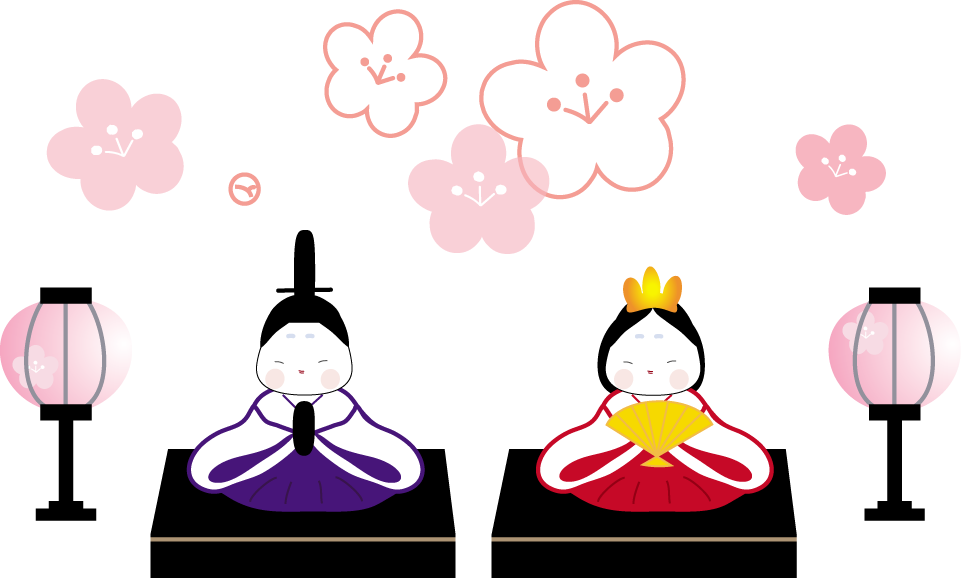March Holidays in Japan (1/2)
 •
by
•
by Stargasior

Hello Everyone!
It's now March which means another article about Japanese culture.
March in Japanese is 'san-gatsu' (三月) which means 'third month'. The traditional Japanese name is 'yayoi' (弥生) meaning 'new life'. Sakura (桜) (cherry blossoms) begin to bloom during this month and the weather slowly starts to warm up.
This article will focus on Hina-Matsuri.

Doll Festival or Hina Matsuri (雛祭り) is held on March 3rd. The main feature of Hina Matsuri is the displaying of dolls representing a Japanese Imperial court during the Heian Period (794-1159). Families who have a daughter display the dolls on platforms (hina dan) (雛壇) (normally 5 to 7 platforms). The dolls are displayed every year until the daughter turns 20 or gets married. Hina-Matsuri traces its origin to ancient China where sin, misfortune and bad luck are transferred to dolls, which are then cast down rivers. Some parts of Japan still practice this custom which is called 'nagashi-bina' (流しびな) (flowing dolls).

On the top 'hina dan' is the Emperor (O-bina) (男雛) and the Empress (Me-bina) (女雛).
On the second 'hina-dan' are three court ladies or 'san-nin kanjo' (三人官女). Each is holding items for serving 'sake' (酒) (Japanese rice wine).
On the third 'hina-dan' are singers for the imperial court. Except for the singer, each holds instruments including drums and a flute.
For more detail about what is on each 'hina-dan', please visit this link:
http://en.wikipedia.org/wiki/Hinamatsuri#First_platform.2C_the_top
Other customs during 'Hina Matsuri' include going to the shrine to pray for the health of girls and eating 'chirashi-zushi' (ちらし寿司
) and 'sakura-mochi' (桜餅)

Chirashi-zushi (lit. 'scattered sushi') uses sushi rice (rice mixed with vinegar) with many types of raw fish, fresh vegetables (such as cucumber) and fried egg placed on top. The ingredients vary greatly depending on who makes it.

Sakura-mochi is a traditional Japanese sweet containing sweet pink-colored rice with red bean paste (anko) in the center. It is wrapped in a pickled cherry blossom leaf, which is edible. The rice and 'anko' is very sweet while the leaf has a salty taste.
I hope you enjoyed this article. Please look forward to Part 2 of March next week where I will cover White Day and O-higan (お彼岸).



Comments
I did something like nagashi bina as a child ^ω^
Being a grown up & not having time for all the fun stuff is tough.... v.v
v
vV
Nice article~
Nice article! 😁
vote
it seems Yummy
food
have a happy time
V thank you 🙂
V
Another great article, Star. Good job!
v
Interesting article!
Nice article.
v+s
v